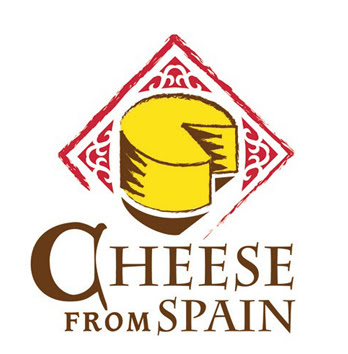by Tom Lyson, CFAP
Does a rural development policy that over the next fifteen years puts out of
business more than 6,000 family run enterprises and replaces them with100
large consolidated operations really make sense? It is time for everyone
concerned about the future economic and social vitality and viability of rural
New York to seriously address this issue.
This policy sets the stage for the collapse of small farm dairying in New York.
Areport published last summer by Cornell’s Program on Agricultural and
Small Business Finance, “Future Structure of the Dairy Industry,” shows
that the number of smaller dairy farms in New York, those with under 200
cows, are projected to decrease from about 7,300 today to only about
1,100 by 2020. The decreased milk production caused by the projected
disappearance of the 6,000 dairies will be compensated by the increased
production of a small handful of very large dairy farms. These large
consolidated farms (averaging about 1,400 cows) are projected to increase
in number from 120 today to 213 by 2020. About two-thirds of New York’s
milk will be produced by these 213 farms.
As long as the price of milk remains low, small dairies are forced to either
get big or get out, and agricultural lenders seem increasingly reluctant to
make operating loans to small producers. In the world of conventional farm
finance, bigger is better, less risky and more profitable. As the number of
small operators dwindles, their cows and sometimes their land are being
merged into large consolidated operations.
Economists like to talk about efficiencies and economies of scale associated
with large enterprises, but whether large dairies can thrive without the
current system of agricultural subsidies is an open question. Clearly,
federal agricultural subsidies now favor large operators. In Wyoming
County and Cayuga County, the two New York counties with the most
large dairy operations, tens of millions of dollars have flowed to the
biggest dairy producers over the past seven years as crop subsidies
and waste management assistance.
For example, most of the large dairies in New York are classified by
the government as CAFOs (confined animal feeding operations).
In the dairy industry, CAFOs are farms with 700 or more cows.
To deal with nutrient management on these farms (i.e., waste disposal),
the federal government is earmarking billions of dollars in outright
grants. Under the EQIP (Environmental Quality Incentive Program)
provision of the 2002 Farm Bill, large dairies are eligible for up to
$450,000 each to relieve the financial stress associated with
complying with the new environmental regulations.
The seemingly endless low prices dairy farmers receive for their
product, the tightening credit market, and a system of subsidies
that favor the largest producers have led to a Wal-Mart-like
agricultural development policy. The shortcomings of Wal-Mart
are well known. When Wal-Mart comes to town, Main Street businesses
typically suffer. With their increased production, the largest dairy
farmers in the stateare putting tremendous pressure on the
smaller producers. If the predicted consolidation of the dairy industry
takes place, by 2020 the mantra of the New York milk industry
is likely to be a Wal-Mart-like “Low Milk Prices Everyday.”
Some of the 6,000 dairy farmers who leave the business may find
other jobopportunities in agriculture, most likely as wage laborers.
But it is our experience that most dairy farmers simply retire or,
if they are lucky, find employment in other fields, often out of state.
The situation is grim not only for the smaller dairy farmers
and their families, but for the small businesses that provide
the infrastructure and support for family dairy farming.
When family dairy farms disappear, so too will these businesses.
The NYS Department of Agriculture and Markets, the Farm Bureau,
Cornell University and the rest of the agricultural community have
yet to address the issue of what rural New York will look like in 2020
after the 200 Wal-Mart-like dairies displace the 6,000 family
operations. We owe it to the small dairy farmers, the businesses
they support, and the rural communities of the state to start that
conversation immediately.
Thomas Lyson is a Liberty Hyde Bailey Professor of Rural Sociology at Cornell
University and the Director of the Community, Food, and Agriculture Program.
He can be reached at 607-255-1684, or by visiting www.cals.cornell.edu/dept/devsoc/faculty_profile.cfm?FacultyID=47



